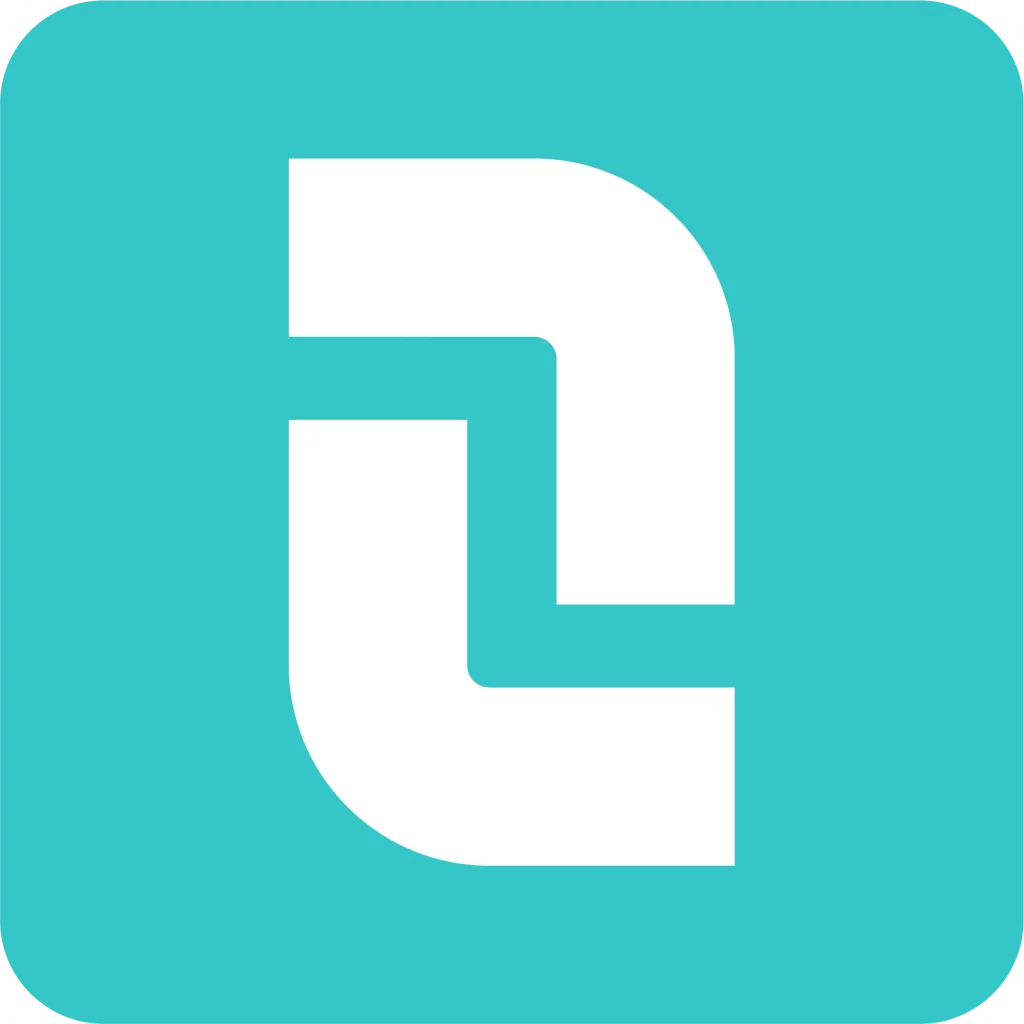
In keeping with its long-standing environmental and social commitments, the Groupe Rocher has chosen to anticipate and structure its efforts to comply with the CSRD directive. Thanks to its in-house CSR expertise and the Dimension portal offered by VPWhite the Group is building a gradual, agile compliance path that reflects the realities of its businesses.
In this testimonial, Marie Thomas, CSR Manager, talks about the context, choices and concrete benefits associated with using Dimension to manage their extra-financial transformation process.
Hello Marie Thomas, could you introduce yourself in a few words and explain your role within the Groupe Rocher, particularly in relation to ESG issues and the CSRD directive?
How did you approach the arrival of the CSRD directive, understanding the regulations and the impact on your organisation?
We carried out a rapid impact assessment by business line and department to identify internal and external levers for improvement as part of our preparations for the implementation of the CSRD.
How did the decision come about to equip yourself to support project teams in implementing the CSRD project?
We opted for the Dimension portal, offered by VPWhite, with whom we were already working on our extra-financial reporting. The aim was to :
- Make the standard easier to read and understand,
- Offer educational support to central teams,
- Structuring the analysis of datapoints associated with ESRS,
- Facilitate exchanges with the brands' and business lines' CSR officers,
- Complete autonomy and methodological support, so that you don't need to call on the services of a consultancy firm.
This portal has provided a clear breakdown of the directive and made it easier to understand the business challenges. On the other hand, certain functionalities, such as planning and task allocation, were not used, as they were not compatible with our internal operations and organisation.
What led you to choose the Dimension portal offered by VPWhite? And how did the deployment of the portal go within the Groupe Rocher?
Deployment was rapid and the tool is easy to use. Four members of the central CSR team use it on a daily basis to manage compliance and then distribute the allocation of predefined projects to our internal contributors.
How has Dimension helped to structure your internal organisation around the issues governance, stakeholders, roles, validation process, etc. and the CSRD process? Have you seen an improvement in collaboration between the various stakeholders?
- Formulate clear, structured requests to contributors,
- Translate the standard into language that employees can understand,
- Develop turnkey compliance plans,
- Provide central methodological support for all stakeholders.
Following your Gap Analysis, were you able to capitalise on these results to build or adjust your CSRD roadmap?
- Effectively raising the awareness of our Executive Committee, by making critical gaps visible and clearly illustrating the efforts required to remedy them,
- Prioritise our actions according to three key criteria: mandatory, strategic and accessible information,
- Build a 3-year compliance plan with a gradual roll-out, starting with qualitative elements (governance and CSR strategy) and then adjusting existing data repositories to meet quantitative requirements.
Exploiting the results of the Gap Analysis, combined with our DMA (Double Materiality Analysis), has therefore been decisive in going beyond a simple regulatory diagnosis and ensuring the steering of our sustainable transformation. The Dimension portal has provided us with a consolidated and usable vision, which we have integrated into our steering bodies.
What do you see as the main tangible benefits of the Dimension tool?
Other key benefits include
- Effective popularisation of the regulatory content, making it easier for contributors to sign up and speeding up internal distribution,
- Une visualisation claire de l’état d’avancement de notre mise en conformité, via des tableaux de bord simples et compréhensifs,
- Une priorisation des efforts fondée sur des données concrètes, permettant d’économiser les ressources sur les enjeux majeurs, sans nous disperser.
Finally, the economic aspect is not to be overlooked: by internalising this Gap Analysis phase with Dimension, we have achieved significant economies of scale. By using the tool, we were able to significantly reduce the costs we would have had to incur with consulting firms, while retaining control of the project internally.
How has the tool been received by internal stakeholders (business contributors, other departments, etc.)? What levers have enabled the tool to be successfully adopted internally?
Finally, what are the next steps for the Groupe Rocher in relation to the CSRD directive?








 ESG
ESG  EHS
EHS  LEGAL
LEGAL  REM
REM  GRC
GRC PERFO
PERFO










